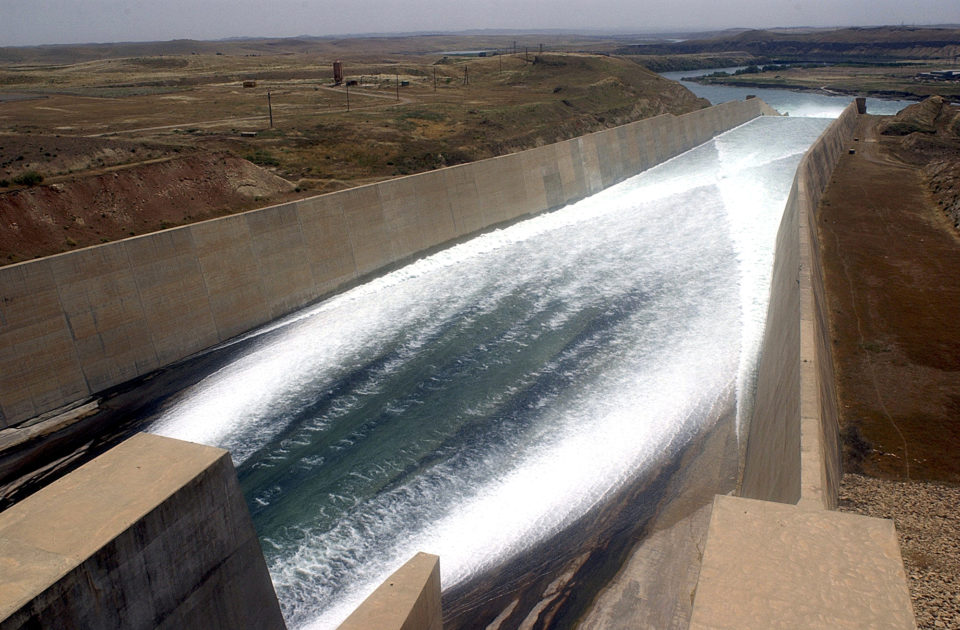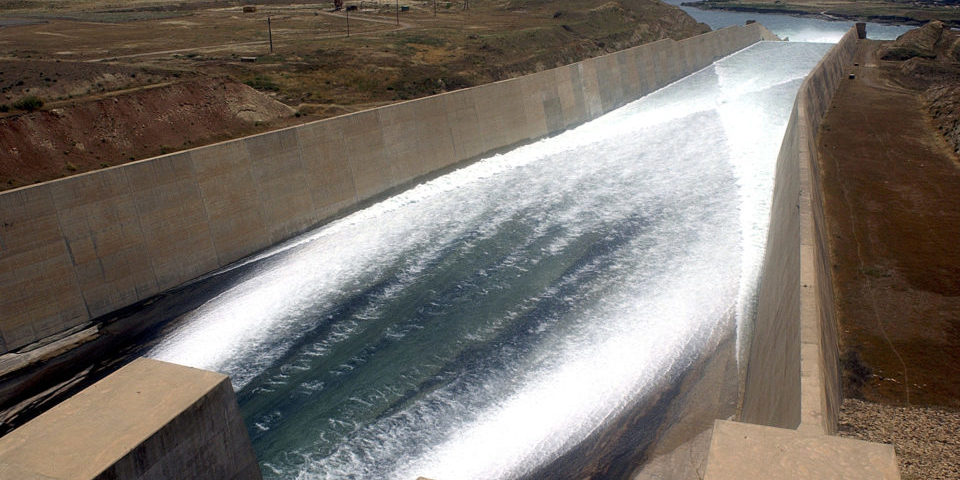The collapse of the Mosul Dam would be a humanitarian and environmental catastrophe.

Built on a porous geological foundation and in need of urgent repair, the world’s fifth largest dam is also one of the world’s most dangerous. If it fails, more than 500,000 people could die in the floodwaters – far more than the Boxing Day tsunami killed. A 20-metre-high wave of flood water could submerge parts of Iraq’s second largest city within hours, forcing hundreds of thousands of survivors to abandon their homes. The dam’s failure could also lead to serious environmental problems: chemicals, oil, landmines and unexploded ordnance could all be mixed up with the flood waters, leaving behind a toxic legacy as the waters recede. Modelling shows that the flood waters could reach as far south as Baghdad, paralyzing its capital of millions. These multiple threats would require a hugely complex humanitarian response.





